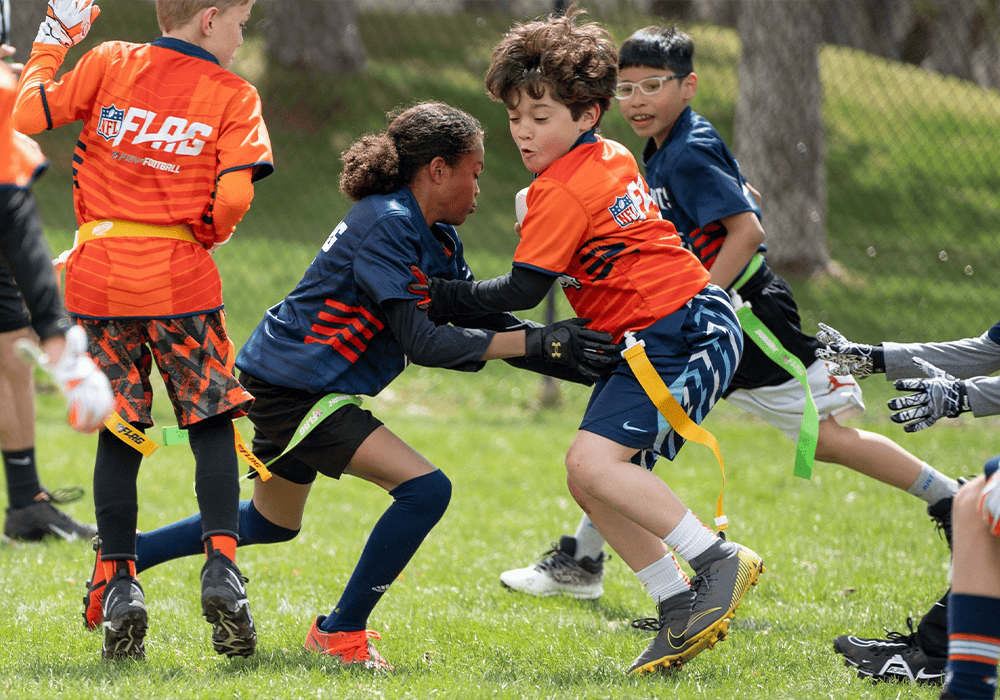
As part of its Project Play initiative, The Aspen Institute has released its State of Play 2024 report. Each year, the report analyzes trends youth sports in the U.S. covering participation, physical and mental health, coaching and costs of play for young people aged 6-18.
The key takeaway of the 2024 report is that girls’ sports participation is increasing while boys’ participation is significantly declining. Girls aged 6-12 (34%) and 13-17 (38%) played at higher levels in 2023 than in any recent year dating to at least 2012. In 2013, half of boys aged 6-17 participated regularly in sports according to Sports and Fitness Industry Association (SFIA) data. Only 41% of boys did in 2023. Federal government data shows a decline for boys over the past decade.
Additionally, Black children are playing sports far less than they once did and Hispanic children are playing more. Only 35% of Black youth aged 6-17 regularly participated in sports during 2023, down from 45% in 2013, when Black children played at a higher rate than White peers. White, Hispanic and Asian children played sports more frequently in 2023 than Black youth. Participation by Hispanic children increased 14% in 2023 to its highest since 2016.

Among the findings:
- Children are also specializing in one sport even more after the pandemic. The average number of sports children aged 6-17 regularly played in 2023 was 1.63, which is down 13% from 2019. Over a decade ago, children used to play more than two sports on average.
- Parents value trustworthy and trained coaches. More than half of surveyed parents say that a trustworthy coach would increase their enthusiasm to commit their child to the long-term activity, recommend the activity to other parents and enroll their child in more activities.
- States are recognizing the value of mental health training for coaches. In 2024, seven high school state athletic associations required training for school coaches in mental health.
- Youth sports remain in a dynamic phase, increasingly disrupted by technology such as artificial intelligence, the professional leagues-driven growth of sports like flag football, and NCAA-driven shifts that opened the door to NIL cash and influence.
The 2024 State of Play report was informed by many sources including but not limited to data from the SFIA and National Survey of Children’s Health surveys. Findings were also drawn from interviews with leaders in the youth sports sector, additional research, and media accounts. This year, the report also includes “10 Youth Sports Trends to Watch.”
Photos: Aspen Institute





